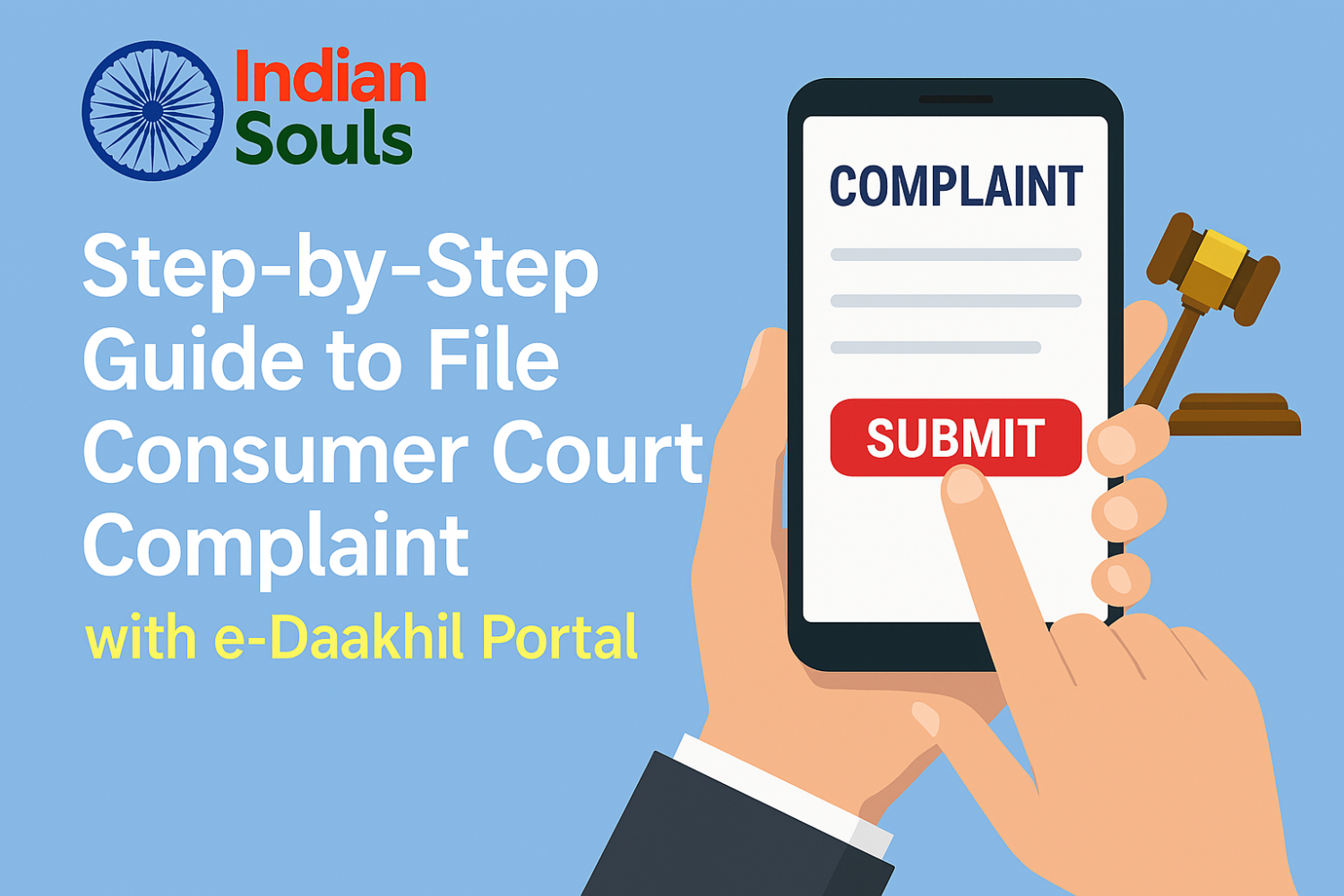
This content was recently updated by Sudhir Singh on May 1, 2025 to improve accuracy.
Learn how to file a consumer court complaint online in India with this easy step-by-step guide. Understand your rights, gather documents, and track complaint status.
Understanding Consumer Rights and the Role of Consumer Courts
Every Indian citizen who purchases goods or services is protected by the Consumer Protection Act, 2019. This vital legislation safeguards consumers from unfair trade practices, defective products, service deficiencies, overcharging, and misleading advertisements. If you’ve ever felt cheated by a retailer, e-commerce platform, service provider, or manufacturer, the consumer court is your legal ally.
What Are Your Rights as a Consumer?
As per the Consumer Protection Act, you are entitled to:
- Right to Safety – Protection against hazardous goods and services
- Right to Information – Clear, accurate product/service info
- Right to Choose – Access to variety at competitive prices
- Right to Be Heard – Your grievances must be considered
- Right to Redressal – Legal compensation and justice
- Right to Consumer Education – Awareness of rights and laws
These rights are enforceable through a dedicated consumer redressal system — a three-tier quasi-judicial framework that exists to resolve disputes efficiently and affordably.
Structure of Consumer Courts in India
Consumer courts function at three levels:
- District Commission – For claims up to ₹50 lakh
- State Commission – For claims between ₹50 lakh and ₹2 crore
- National Commission (NCDRC) – For claims exceeding ₹2 crore
This structure ensures accessibility to justice at the local level, allowing you to file and pursue complaints without hiring an expensive lawyer or going through lengthy court procedures.
Eligibility and Grounds to File a Consumer Court Complaint
Before you proceed to file a consumer court complaint, it’s crucial to confirm if your issue qualifies and whether you’re eligible to file.
Who Can File a Complaint?
You can file a complaint if you’re a:
- Consumer who has bought goods or hired services for personal use
- Legal heir or representative of a deceased consumer
- Registered consumer organization
- Group of consumers with similar interests (class action)
- Central or State Government
Complaints cannot be filed on behalf of a business or for commercial use unless you’re a small-scale entrepreneur under specific exceptions.
Types of Issues Accepted by Consumer Courts
You can approach a consumer court for grievances such as:
- Defective products (electronics, vehicles, household goods)
- Service deficiencies (telecom, banking, insurance, medical negligence)
- Overcharging or deceptive pricing
- Misleading advertisements or false claims
- Online shopping scams or delays
- Denied warranty or replacement
Ensure you first contact the company or service provider before taking legal steps. If they don’t respond within 15-30 days, you’re ready to escalate.
Documents and Evidence Required for Filing a Complaint
Evidence is your strongest ally when you file a consumer court complaint. Here’s what you need to organize:
Essential Documents for Submission
- Purchase receipts, invoices, or bills
- Written communication with the company (emails, chat transcripts, call recordings)
- Product warranty cards or service agreements
- Delivery notes or shipping confirmation
- Complaint letters sent to the seller/service provider
- Photographic or video evidence of the defective product/service
Tips to Organize Evidence Effectively
- Make a chronological timeline of the issue
- Convert all documents into PDF or JPEG format
- Clearly label and name each file
- Avoid overwriting or marking original documents
- If submitting offline, self-attest copies and keep originals safe
Strong documentation boosts your chances of resolution and accelerates the complaint process.
How to File Consumer Court Complaint Online – Step-by-Step
The government has made it easier than ever to register your consumer complaint online via the e-Daakhil portal—an initiative by the Department of Consumer Affairs to streamline dispute resolution.
Registering on the e-Daakhil Portal
- Visit edaakhil.nic.in
- Click on “Register” and choose Consumer as user type
- Enter your name, email, phone number, Aadhaar (optional), and set a password
- Confirm via OTP and activate your account
Filing and Submitting Your Complaint
- Log in to your account and click “File Complaint.”
- Select the appropriate Consumer Commission level (District, State, National)
- Fill in the respondent (opposite party) details — name, address, email
- Enter your complaint description with complete facts
- Attach relevant documents and proof
- Enter the compensation amount claimed and select the relief type
- Pay the court fee online (amount depends on claim size)
- Submit and note down the complaint number
You’ll receive regular SMS and email updates about your complaint status, hearings, or document requirements.
How to Check Status and Follow Up on Consumer Complaints
Once you’ve successfully filed your complaint, it’s important to stay updated on progress. Here’s how to track your case:
Using the e-Daakhil Tracking System
- Visit edaakhil.nic.in
- Click “Track Case” or “Case Status”
- Enter your complaint number, party name, or filing date
- View details such as case stage, hearing schedule, or judgment status
You can also use the CPGRAMS portal or state-level consumer department websites to track certain escalated cases.
What to Do If There’s a Delay in Resolution
- Submit a written reminder via the portal
- Reach out to the Consumer Commission Registrar
- If the issue persists, file a petition for early hearing
- You may also consider legal advice for appeals or contempt if your case is unduly delayed
Most complaints are resolved within 90 to 150 days, depending on complexity and court workload.
FAQs
Do I need a lawyer to file a consumer court complaint?
No. You can file and present your case yourself. However, a lawyer may be helpful for complex claims or corporate disputes.
What is the time limit for filing a complaint in consumer court?
You must file within 2 years from the date the cause of grievance arose.
How much is the court fee to file a consumer complaint?
Fees range from ₹100 to ₹5,000 depending on the compensation claimed. It can be paid online via e-Daakhil.
Can I file a complaint against an e-commerce platform?
Yes, online platforms fall under the scope of the Consumer Protection Act and can be held accountable for product defects or fake listings.
Can I withdraw my complaint after filing it?
Yes. If both parties settle or you no longer wish to pursue, you can file a withdrawal application on e-Daakhil.
What if the consumer court judgment is not followed by the company?
You can file an execution petition or contempt of court case for enforcement of the order.
Conclusion
Filing a consumer court complaint in India has never been easier, thanks to digital platforms like e-Daakhil and a robust consumer protection framework. By knowing your rights, gathering proper documentation, and following the step-by-step process, you can ensure swift redressal of your grievances.
Whether you’re dealing with a faulty product, poor service, or deceptive advertising, don’t let it slide. Empower yourself with the tools of the law and seek justice confidently. So, if you’re ready to take action, log in to the e-Daakhil portal today and file your complaint—it’s your right and your power.



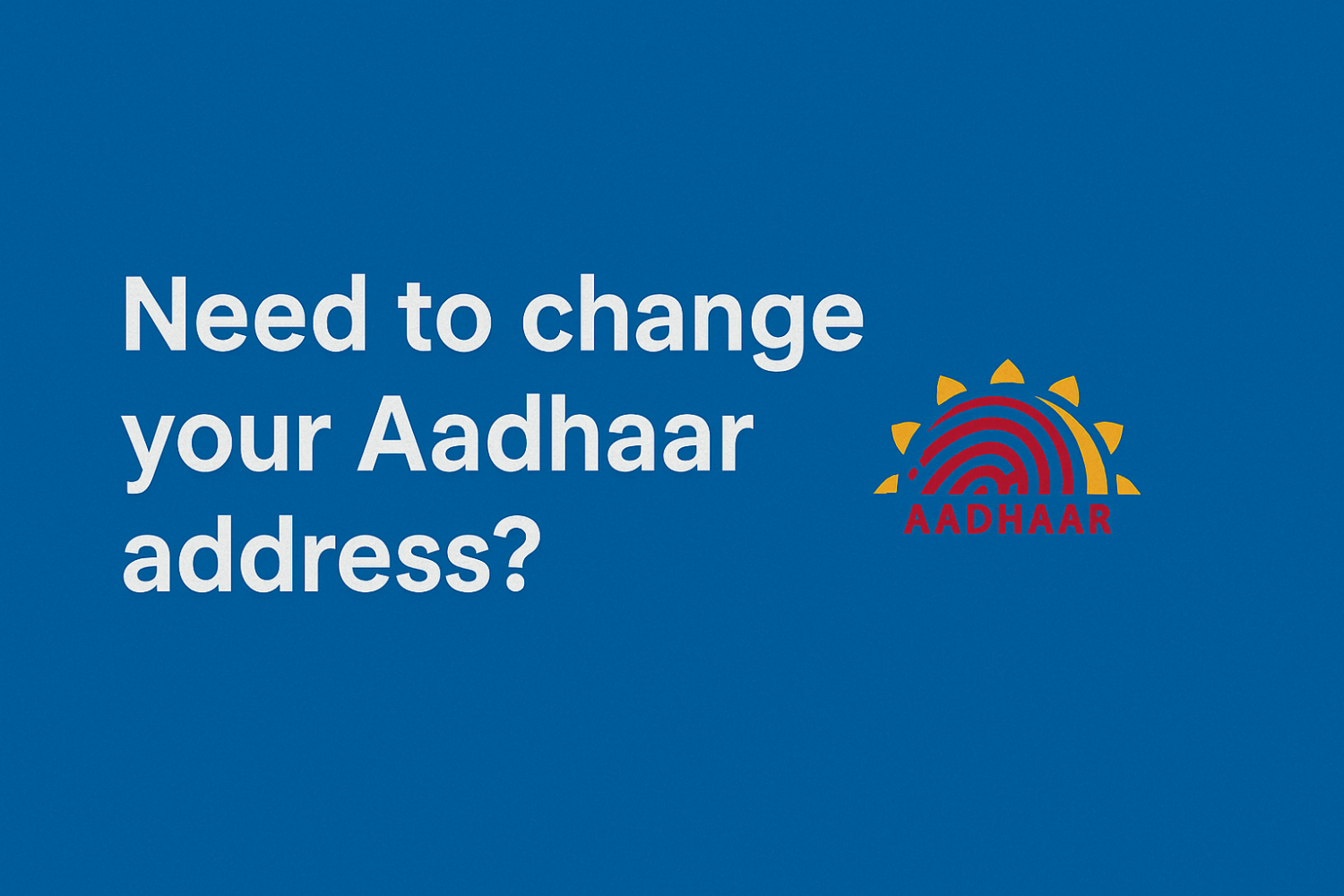

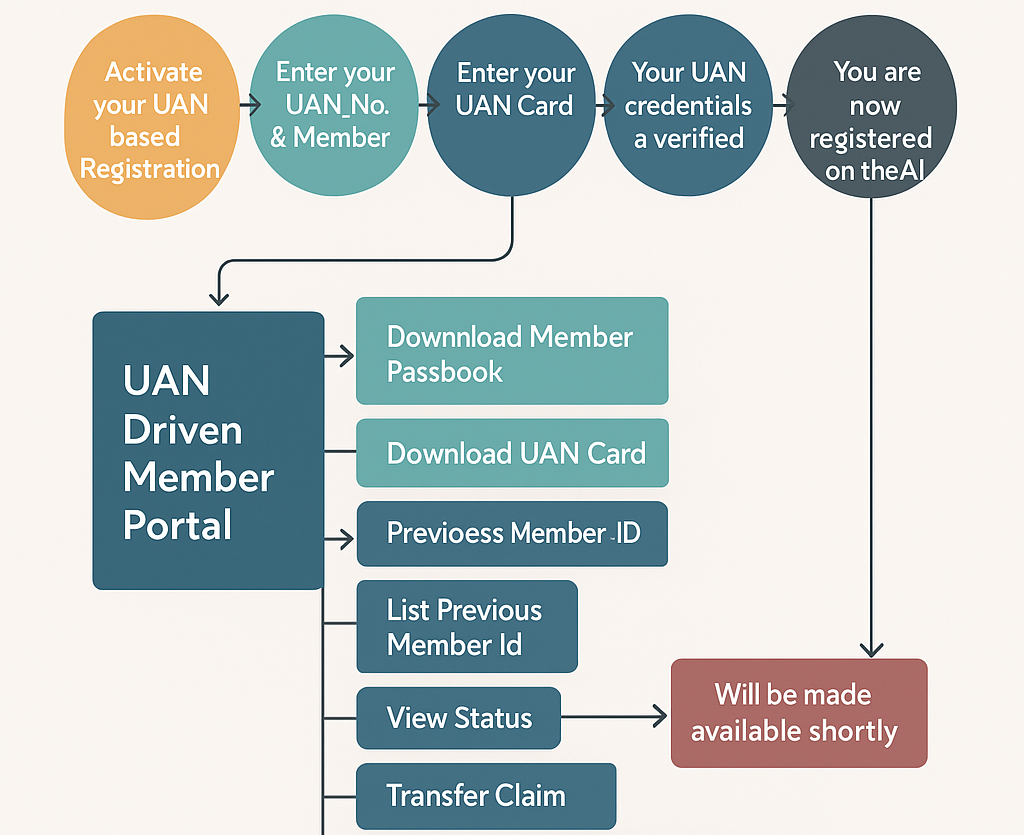



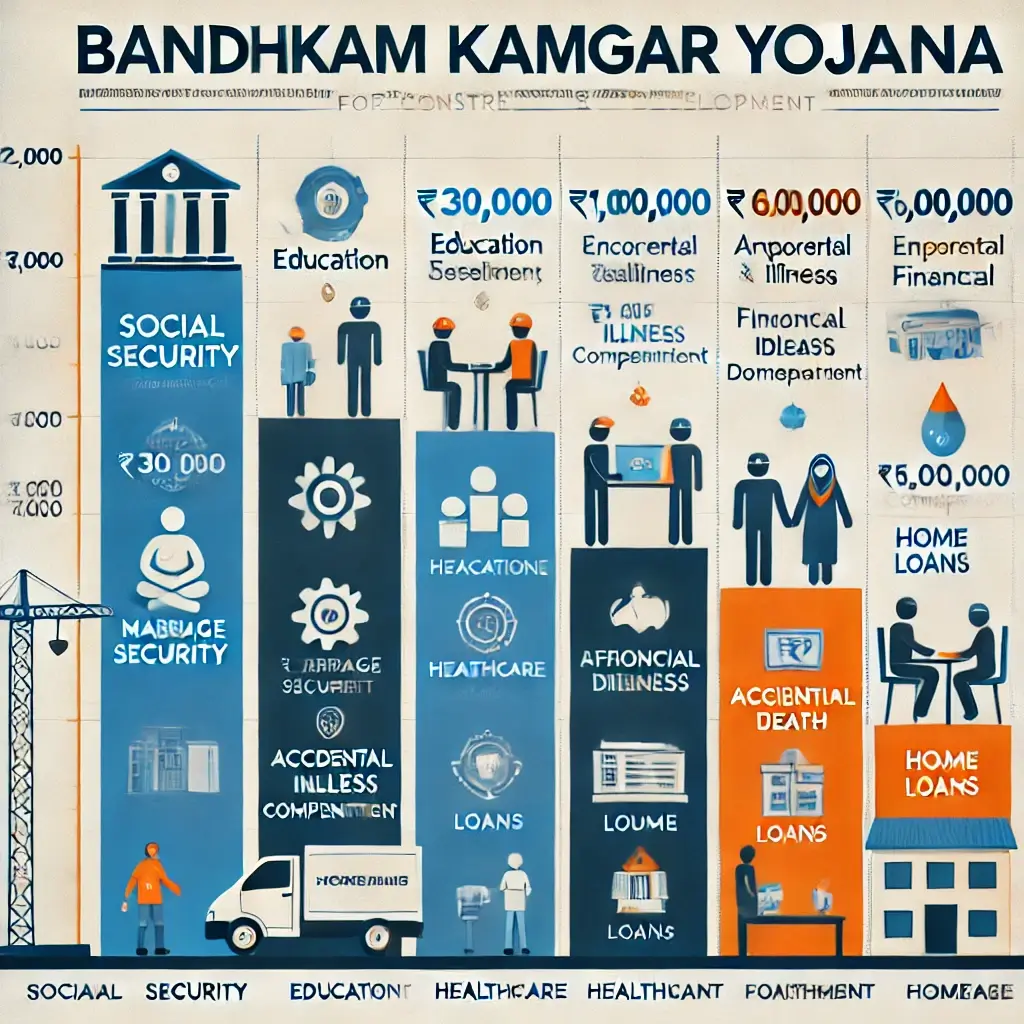

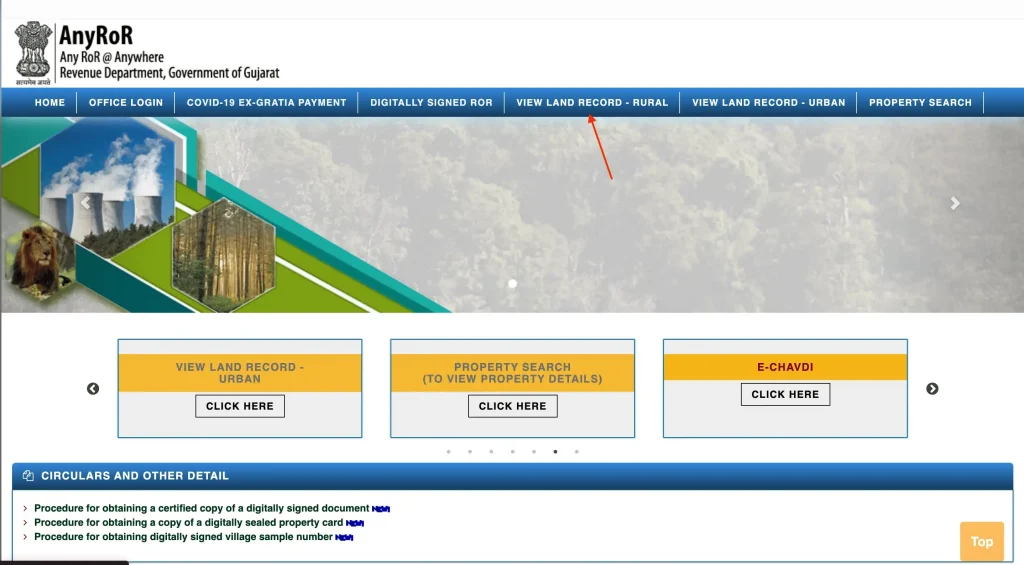
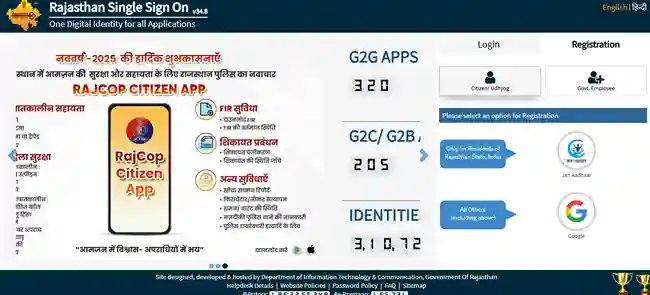
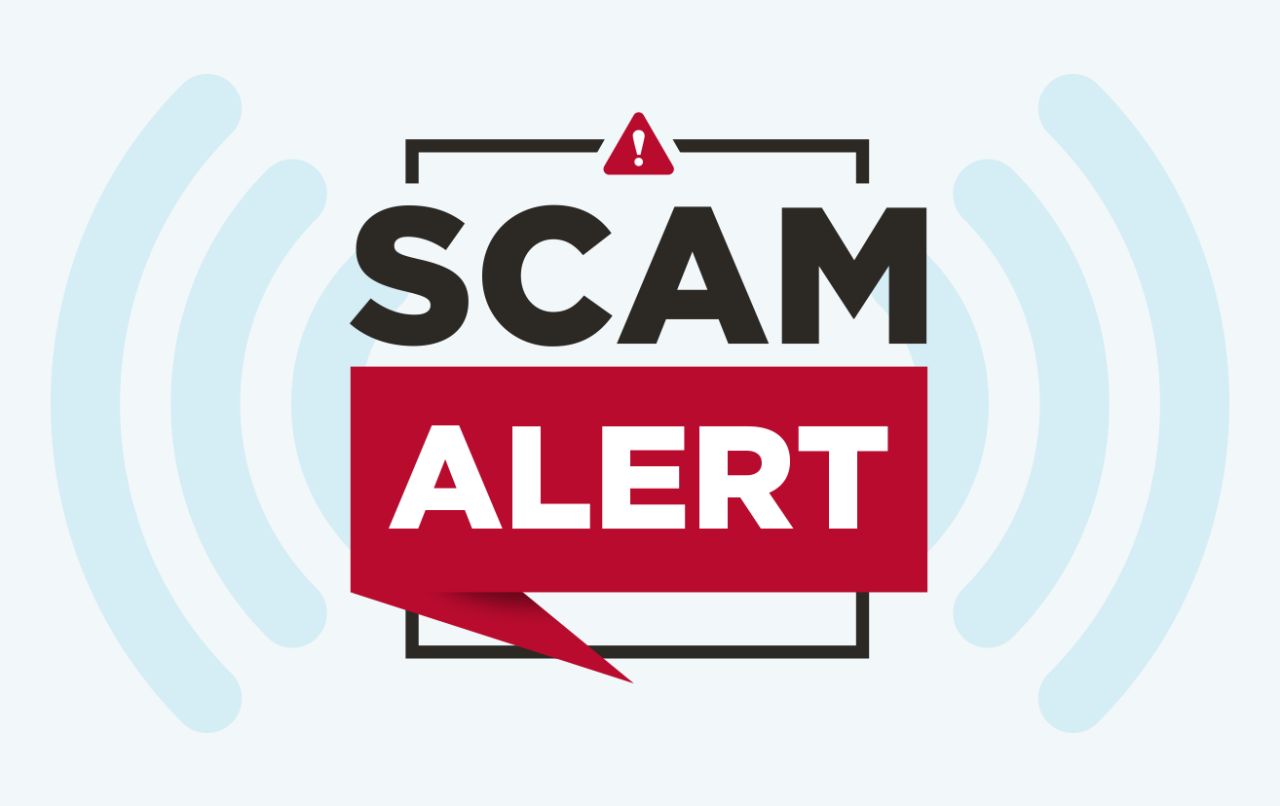
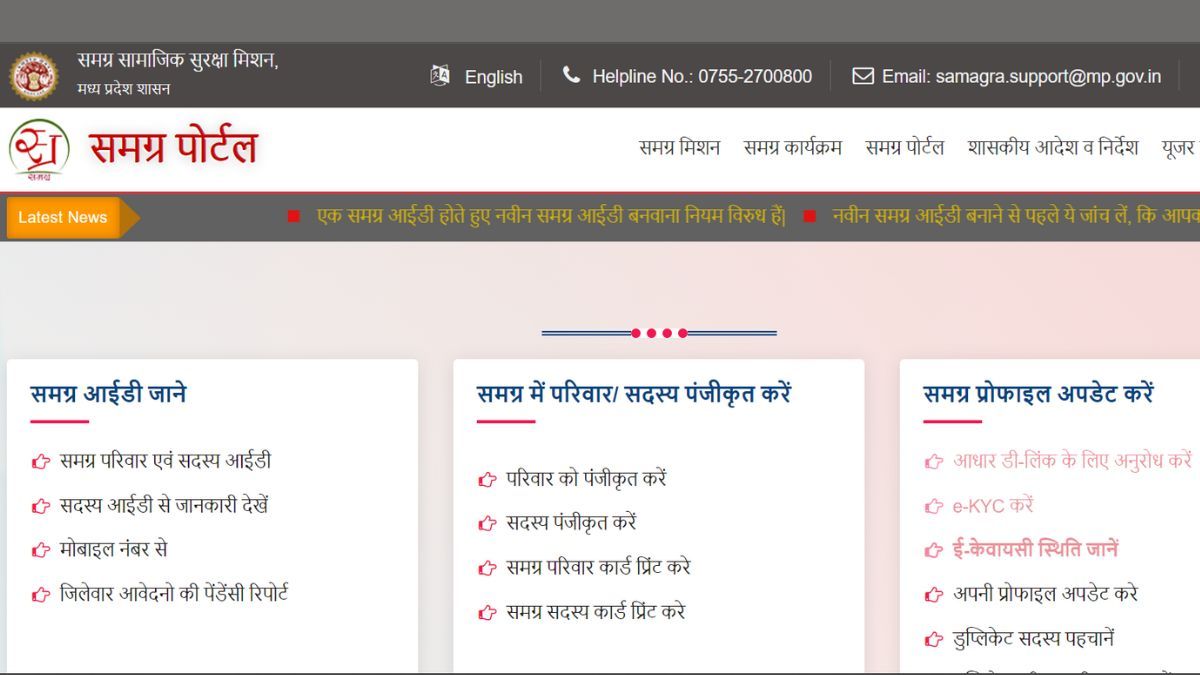



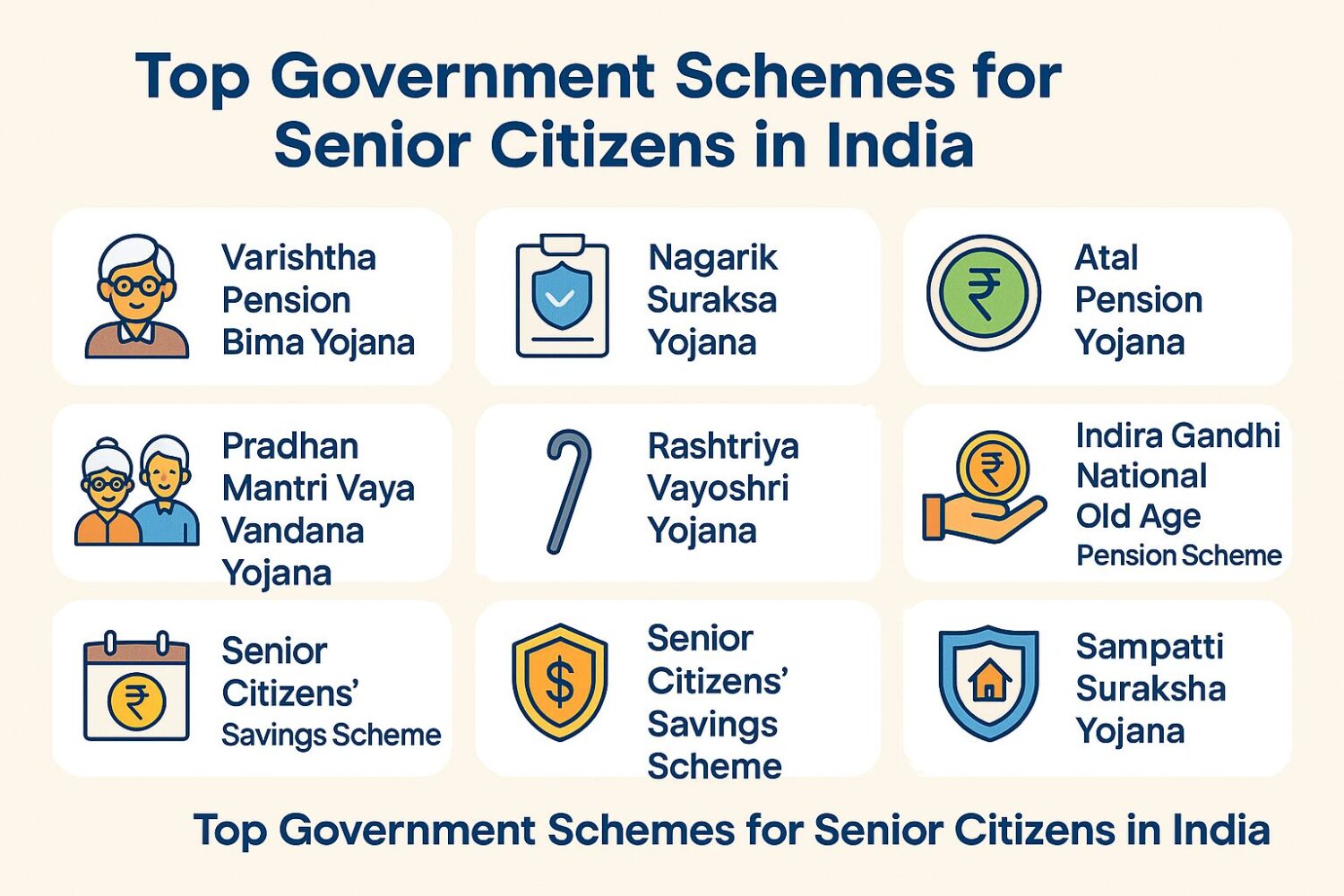






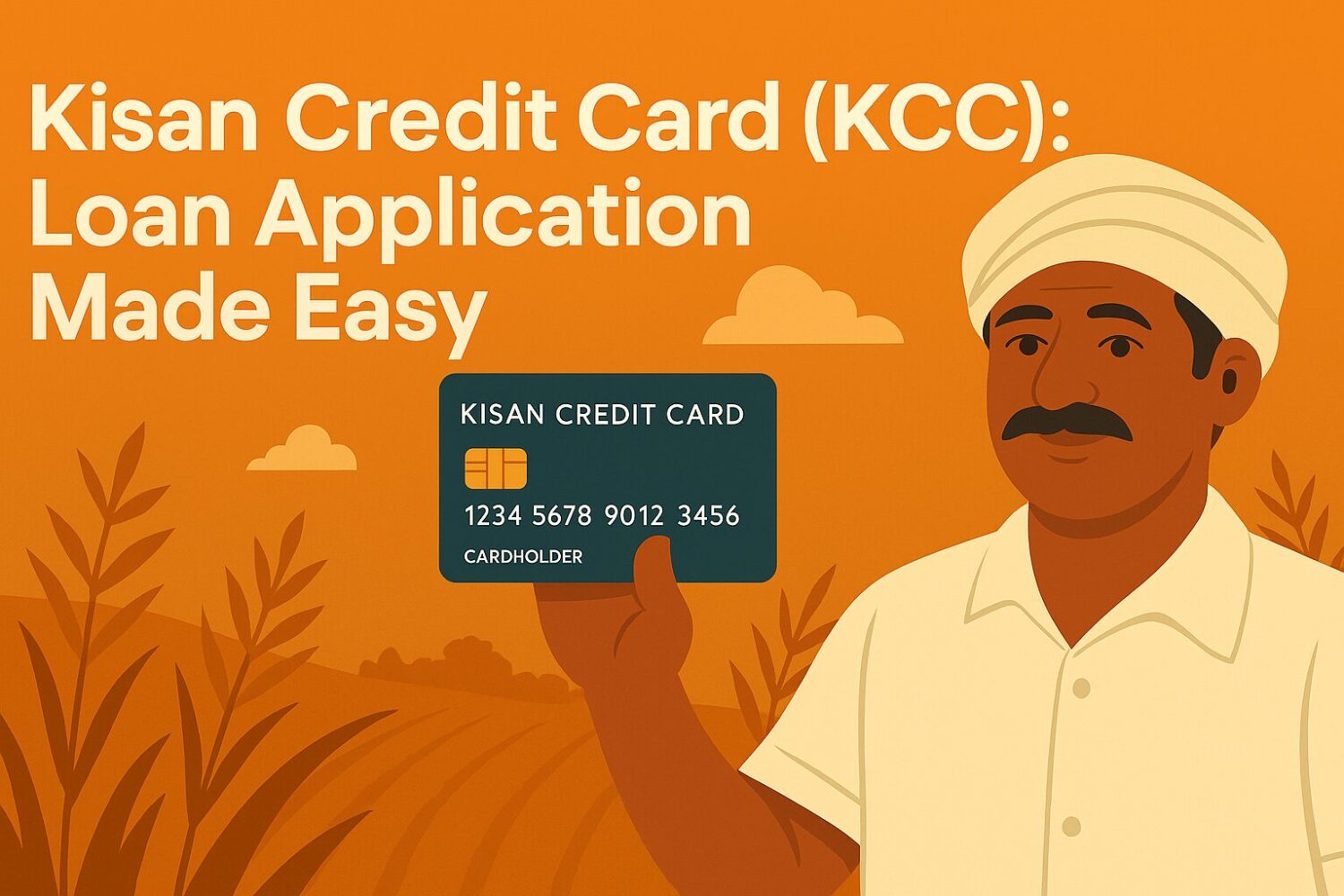





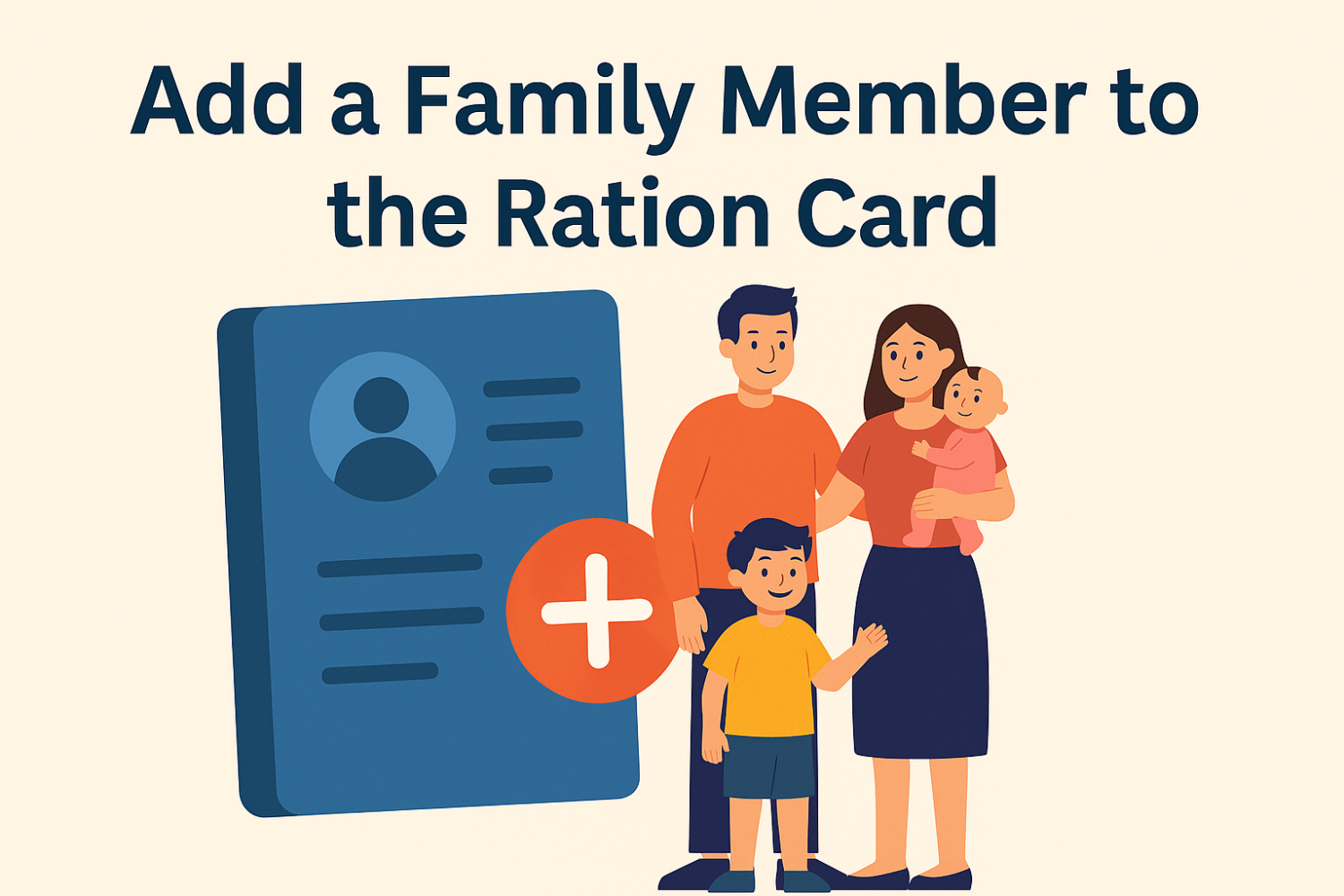



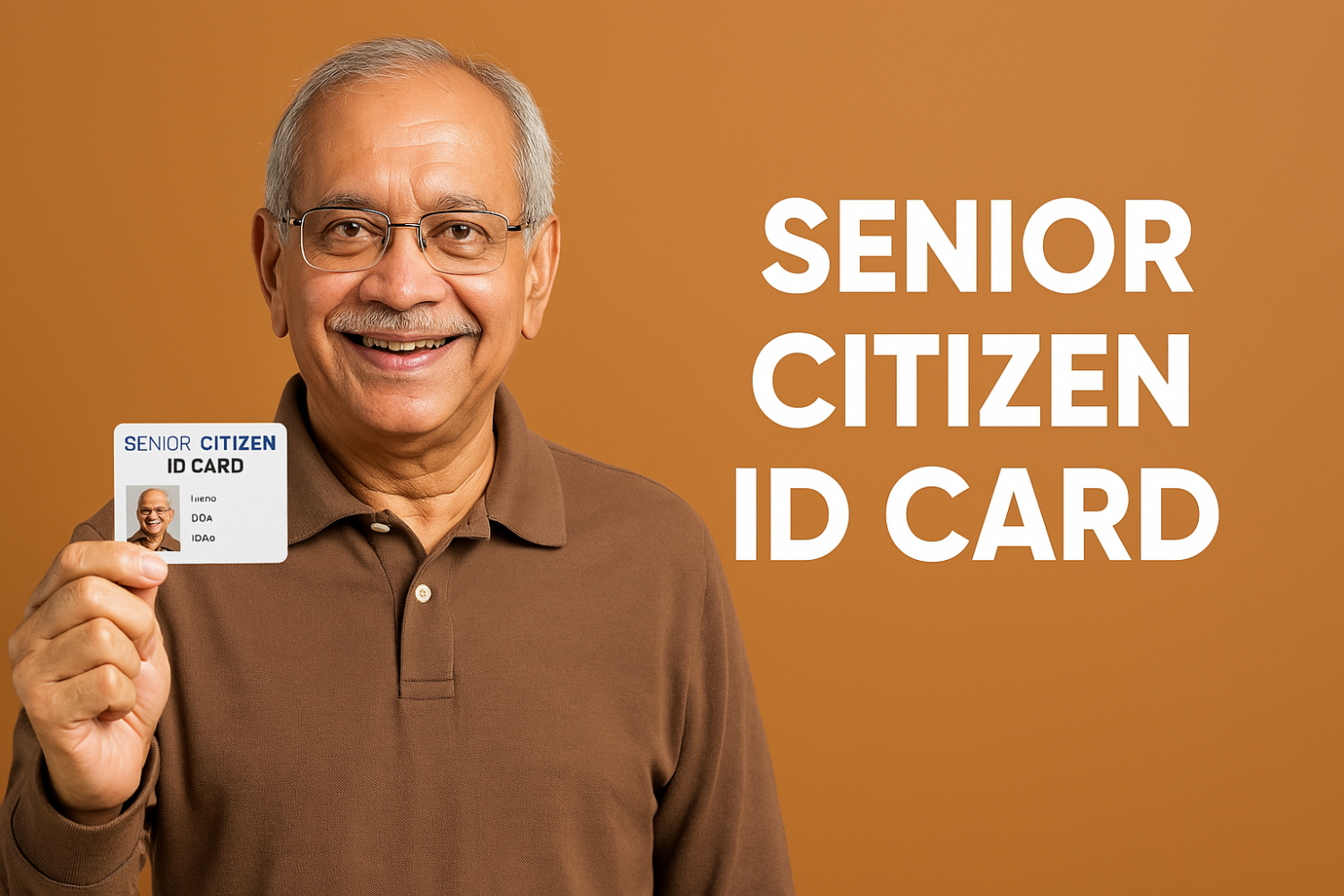
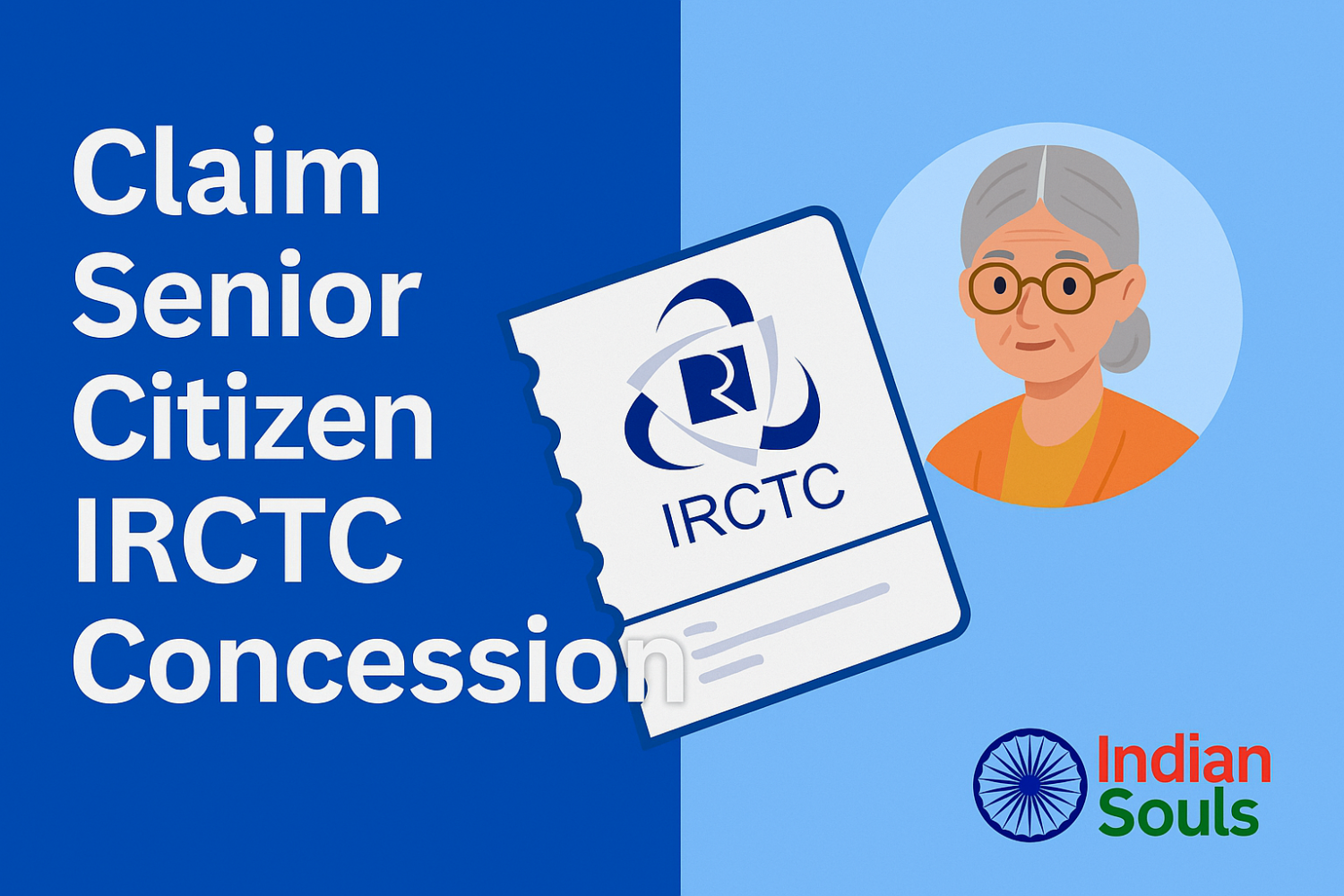

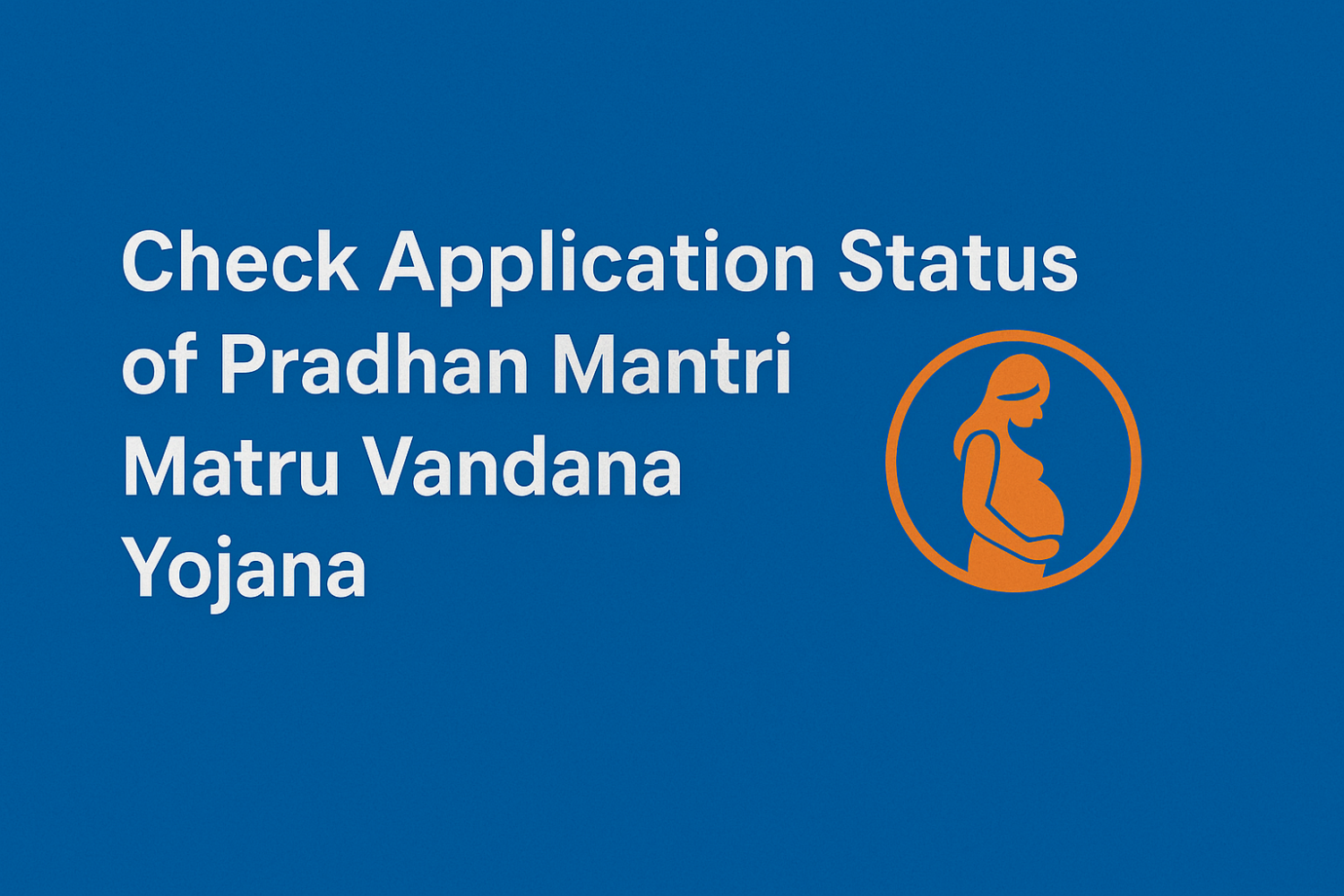









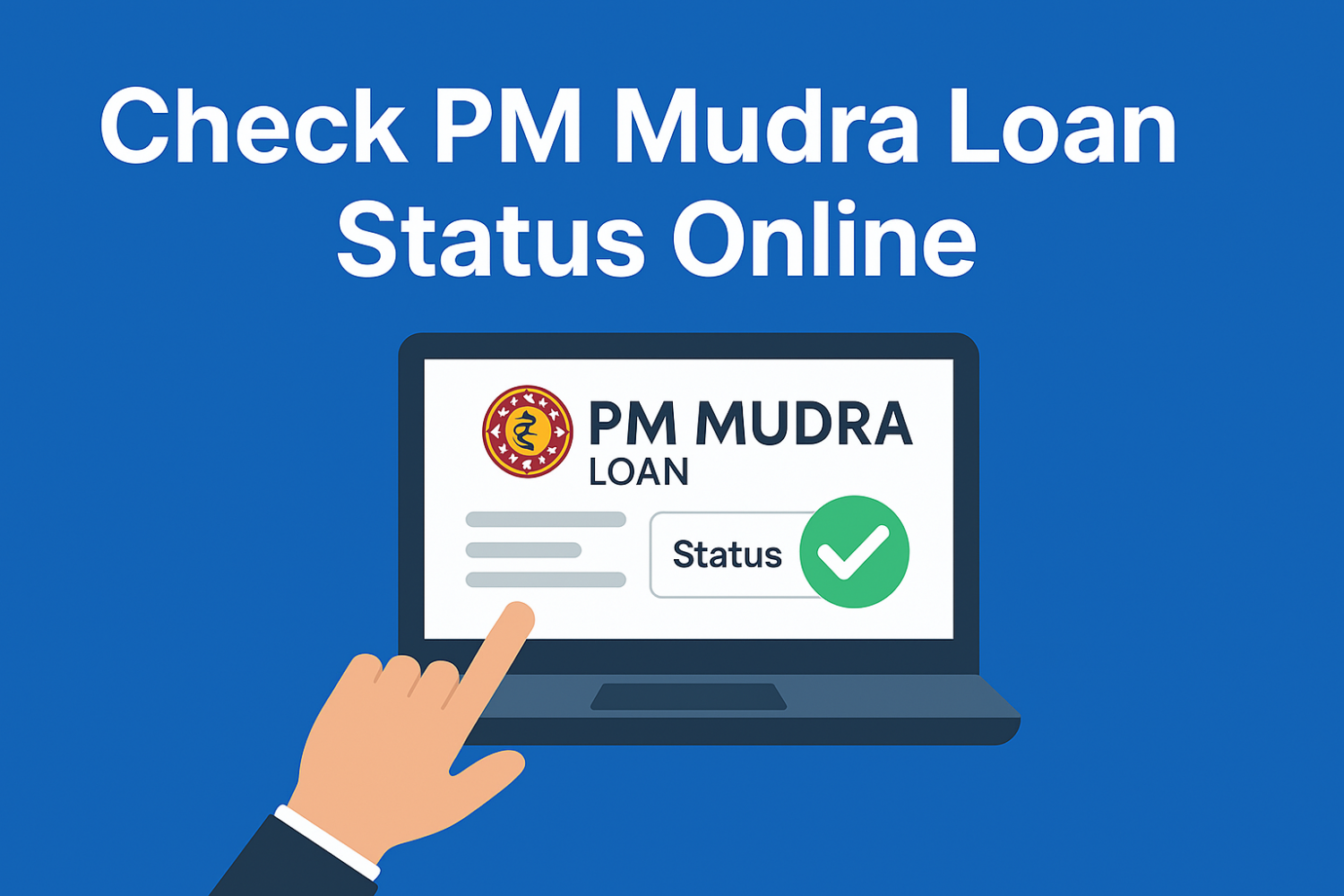


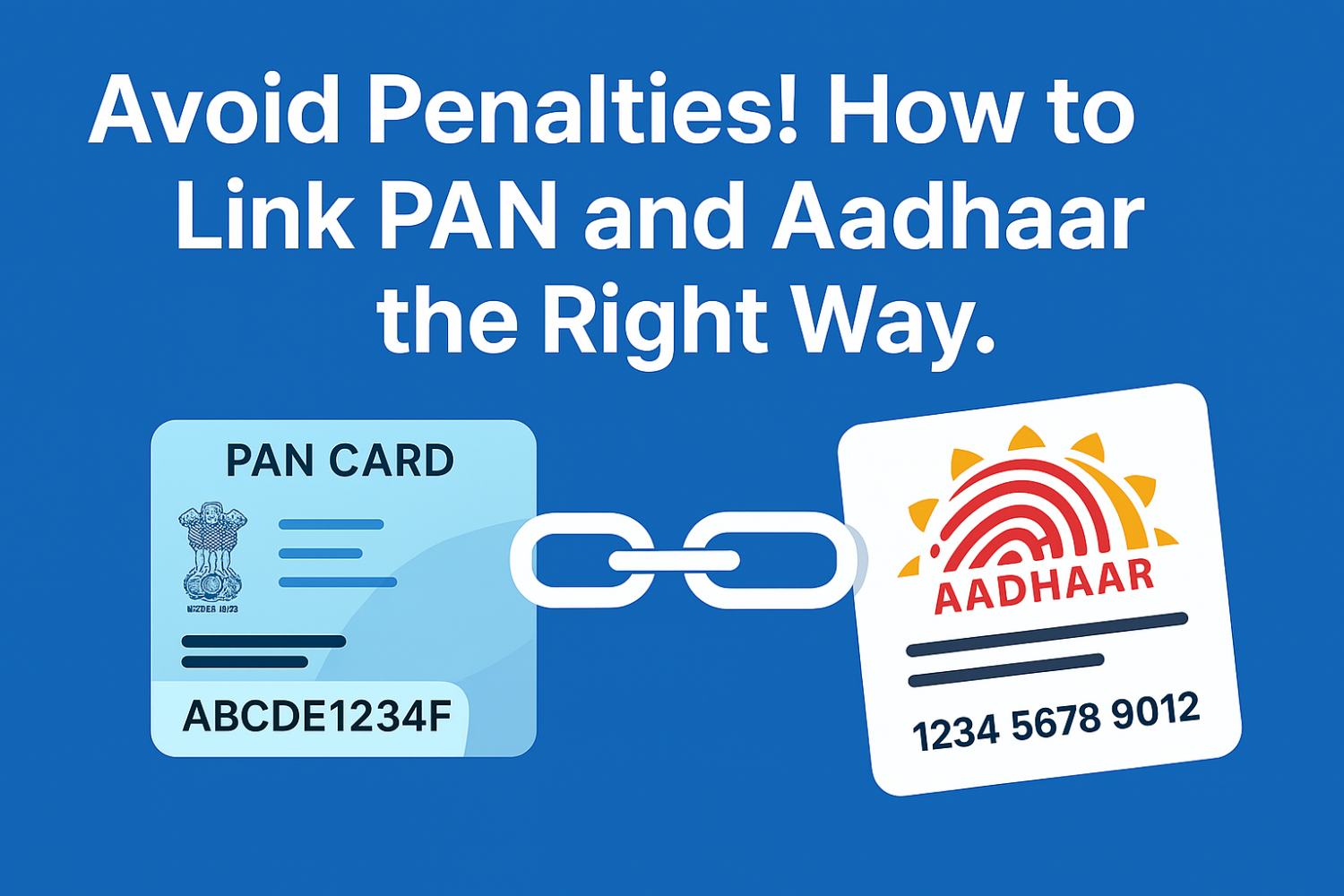

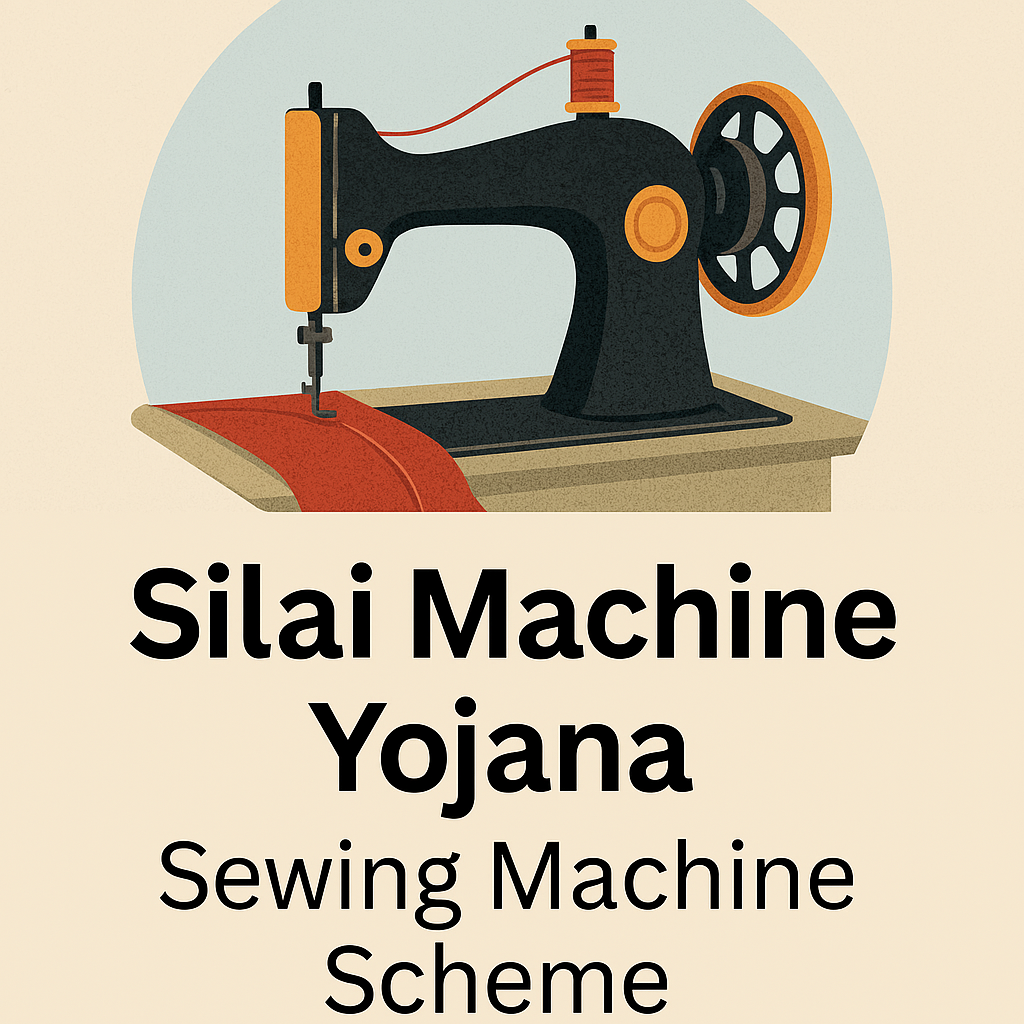

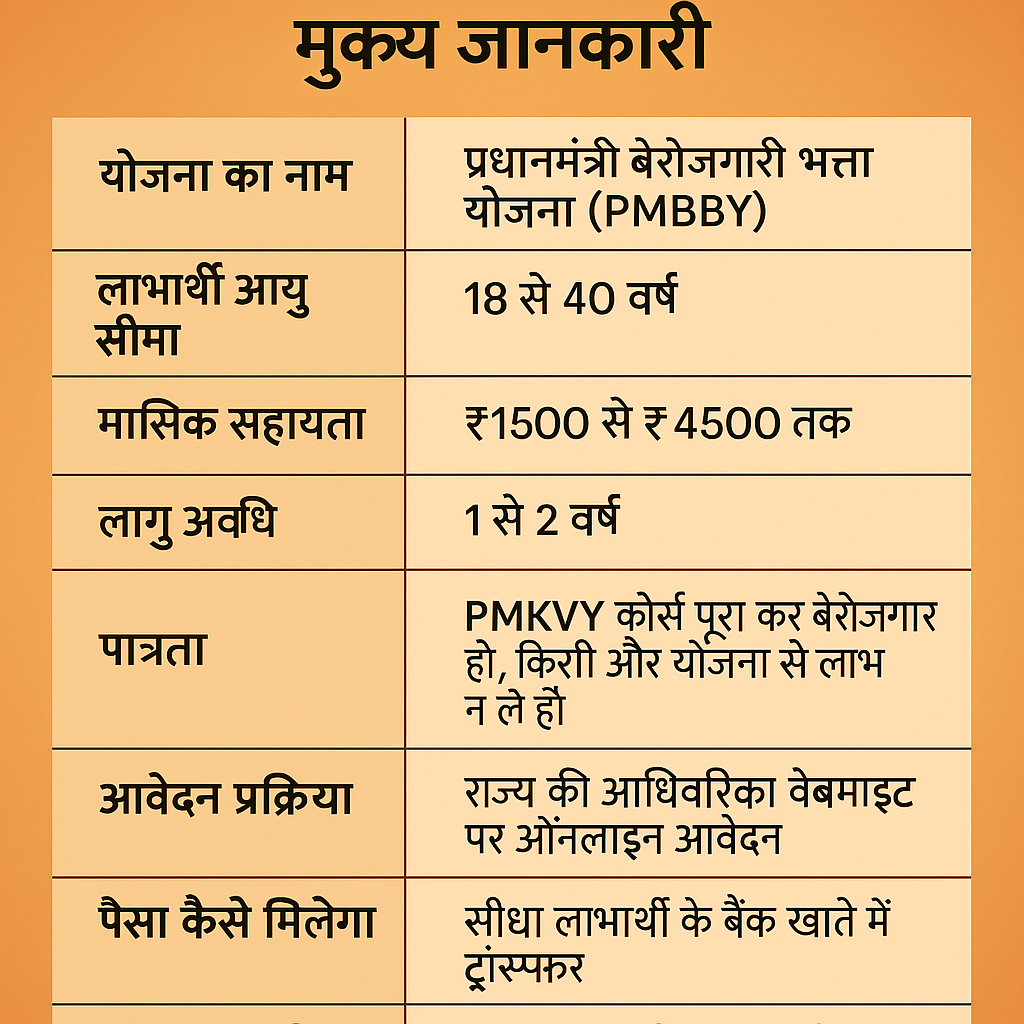
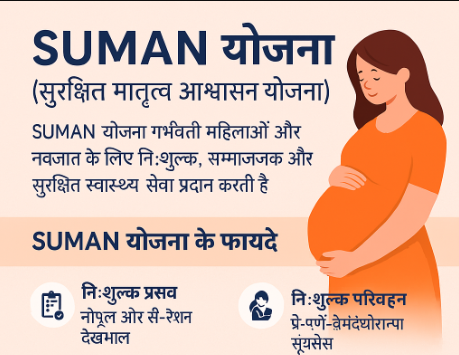

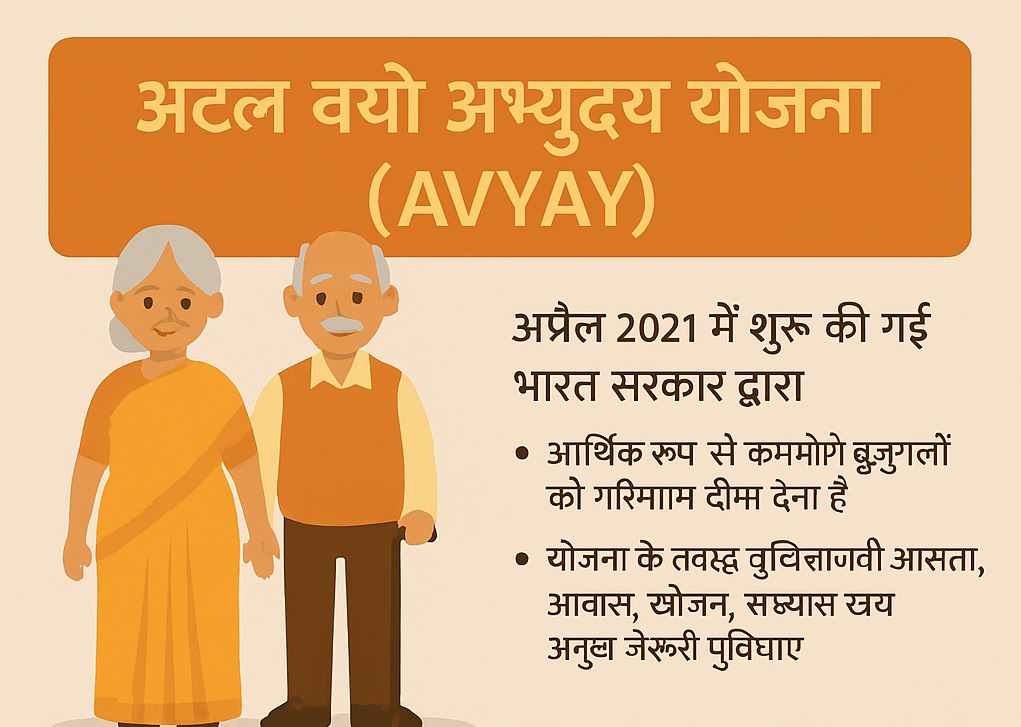


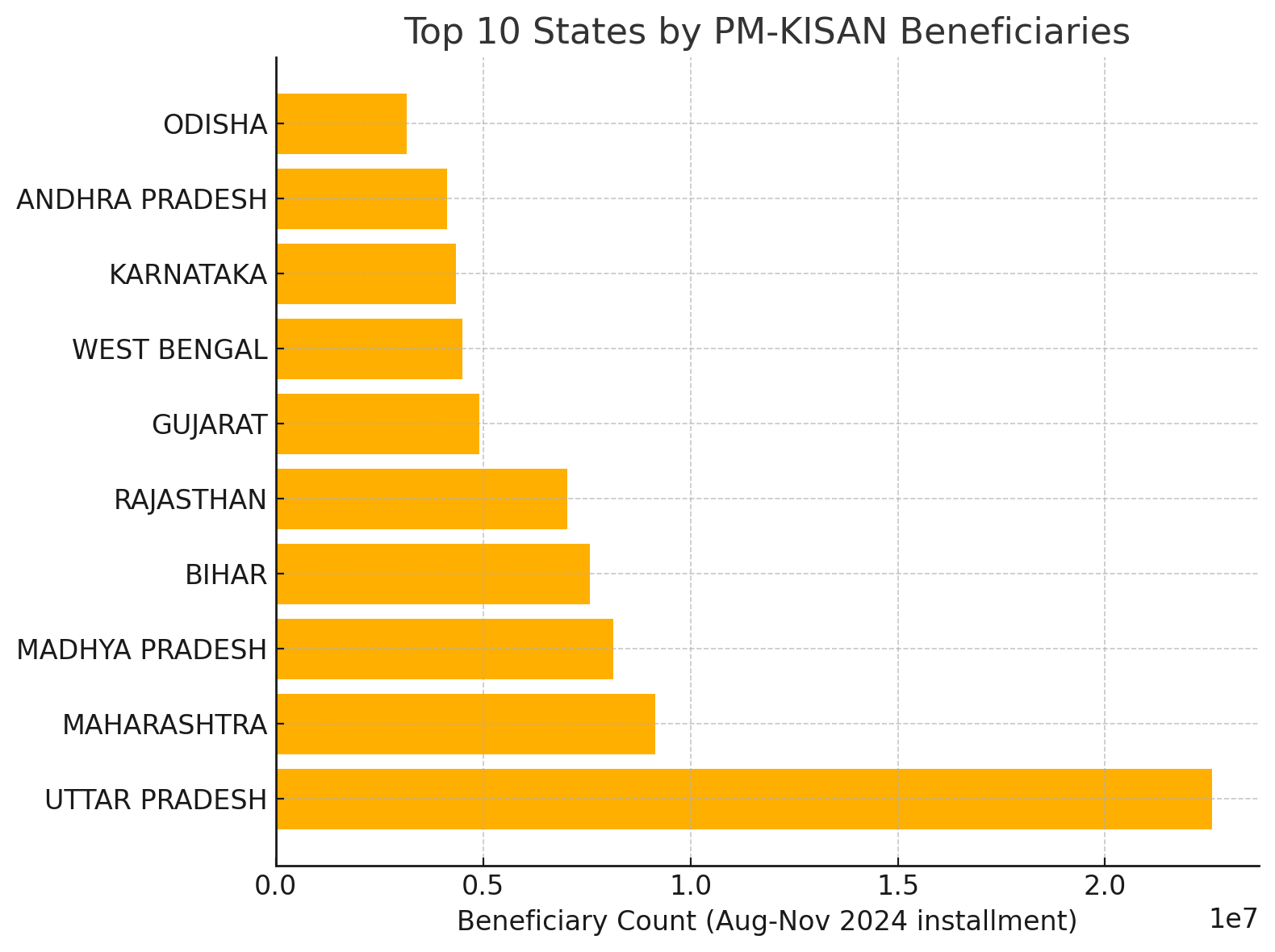
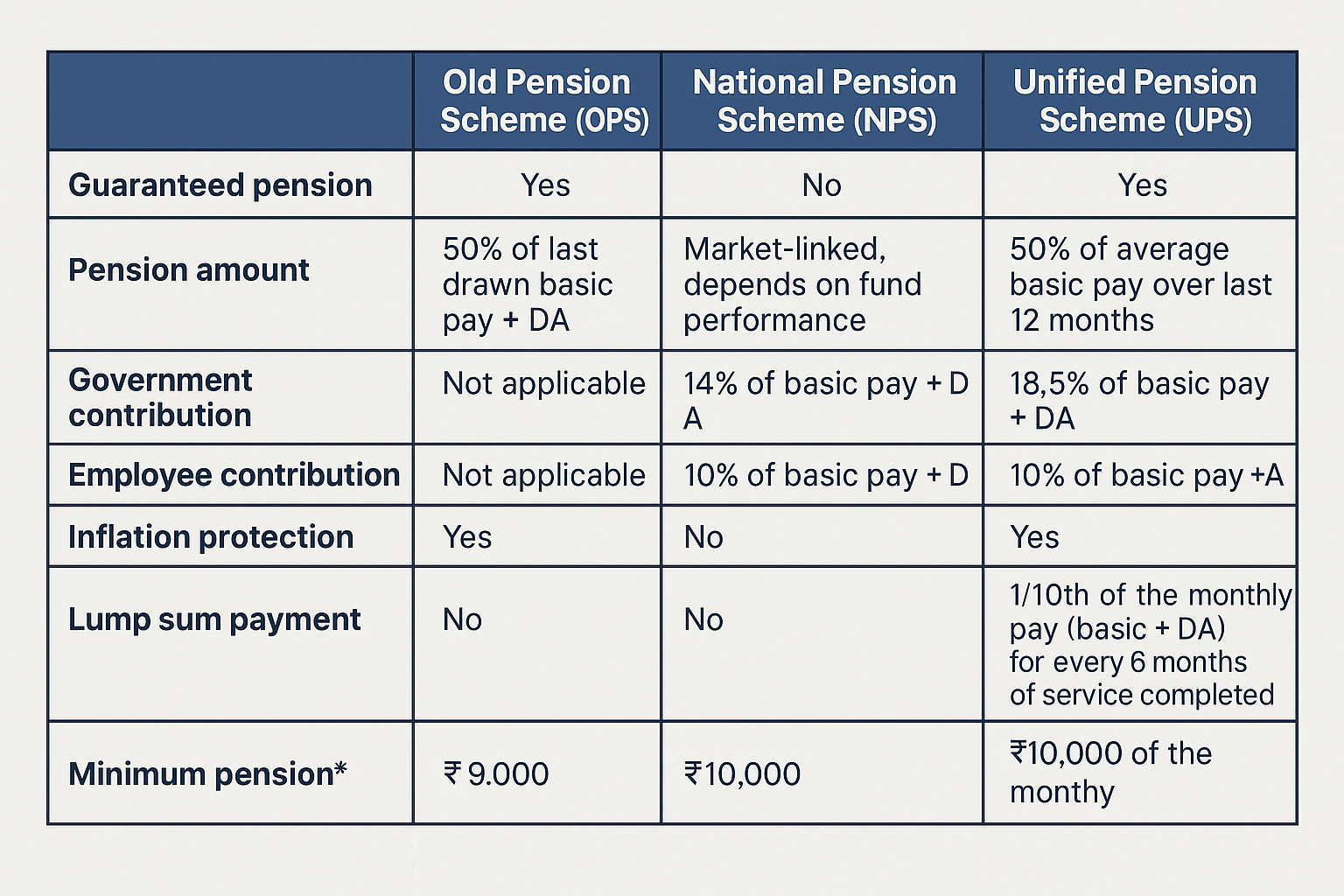










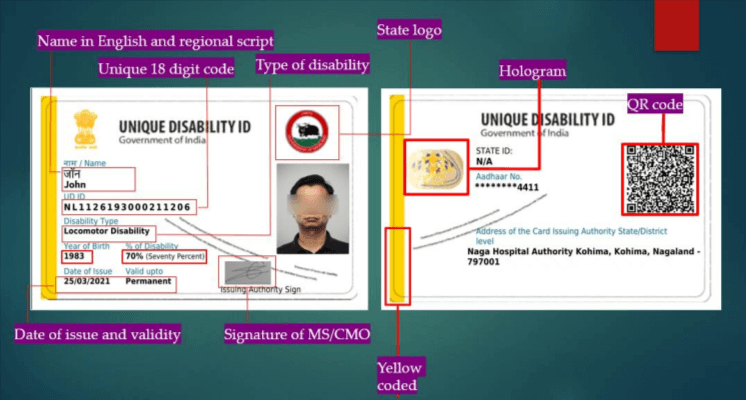
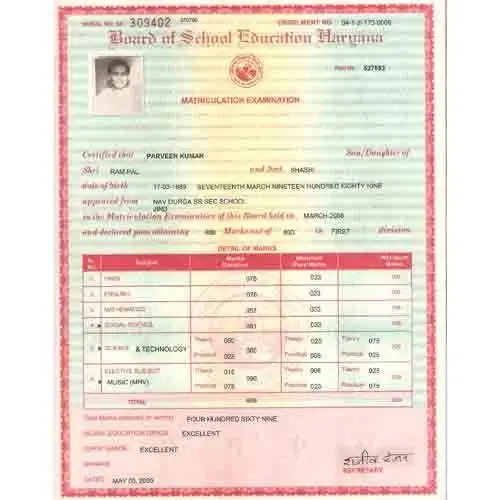



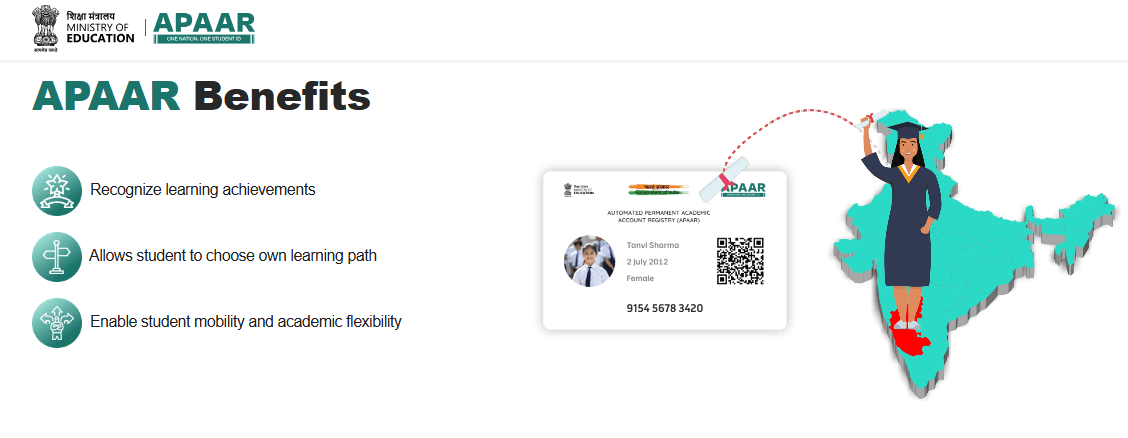
ew4439